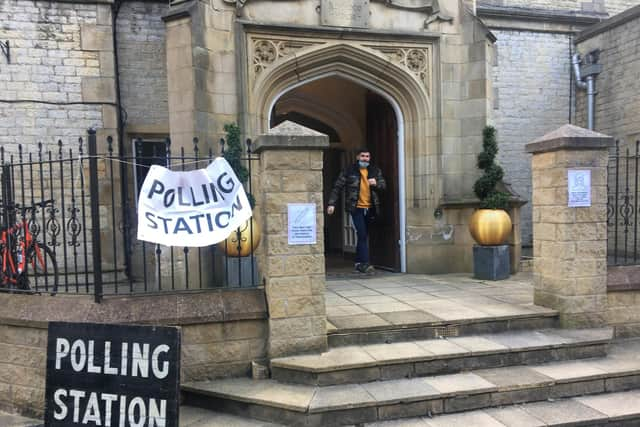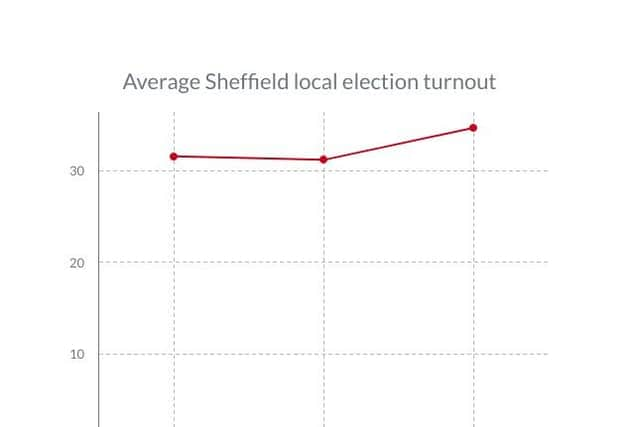Politicians give their theories on why turnout was so high at Sheffield's recent local elections
and live on Freeview channel 276
A changing attitude towards Covid, opportunity for change, increased postal votes, more ballots, more voters working from home and the, mostly, fine weather on polling day could have all played a part.
Historically, turnout at local elections is low compared to general elections for example, the average turnout across Sheffield in the winter GE of 2019 was 64.8 percent – nearly double that of this year’s locals which was 34.6 percent.
Advertisement
Hide AdAdvertisement
Hide AdBut compared to the previous two local elections, turnout was up on average across the city this year by about three and a half percent.


Shaffaq Mohammed leader of Sheffield Liberal Democrats, is a councillor for Ecclesall which had the highest turnout at 54 percent. This was an increase of about five per cent from the last locals.
He said: “It’s fantastic. The more people that turnout the better. I hate anyone to get elected with six, seven or eight hundred votes. Turnout means we are engaging the population, different voices are heard.”
The lowest turnout was in City ward with 18 percent but this was an increase of around four percent on the ward’s turnout at the 2019 locals.
Advertisement
Hide AdAdvertisement
Hide AdLow turnout in this ward is usually put down to a transient community, as many residents rent or live between two places while studying at university.


Douglas Johnson, leader of Sheffield Green Party and councillor for City ward, said: “My prediction was turnout would either be up, or down, or possibly the same.
“It could’ve been that turnout was down just because people were staying in because of Covid or it could be up massively because loads of people get postal votes.”
Kate Josephs, returning officer, confirmed the number of postal vote applications increased by around 15,000 this year, bringing Sheffield’s total to about 95,000 registered postal voters.
Advertisement
Hide AdAdvertisement
Hide AdThe biggest increase in turnout was in Hillsborough where then council leader Bob Johnson lost his seat. Its turnout was up by eight percent.
Coun Douglas Johnson said: “Turnout was up by a lot presumably because it was a highly contested ward whereas in the past, it’s just been seen as a safe Labour seat for a few years and voters have been taken for granted so there is not really much point turning out in the past but this year they did.”
Added to these factors, voters were also asked to vote for a South Yorkshire police and crime commissioner, a change in how the city is run and, in some places, a neighbourhood plan and parish councillors.
Coun Mohammed said he will reflect on the figures with his party.
Advertisement
Hide AdAdvertisement
Hide AdHe said: “When it comes to ward levels we have got to look at the votes so whoever has won and others that have narrowly missed out, we need to look at the sorts of stuff they were campaigning for.
“I’m sure the councillors from all of the other parties should be doing the same, reflecting on the results and looking at voting trends. Clearly with what we have seen, there was a huge turnout for the Conservatives…was that all national stuff or is there stuff locally we need to act upon?”